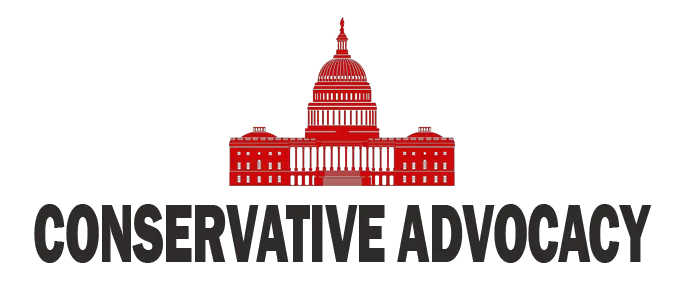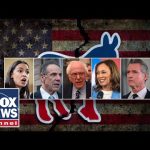In a recent discussion teeming with opinions and observations, the topic centered around the hidden forces steering the United States government behind the scenes. Analysts and commentators grappled with a theme that has surfaced multiple times in political dialogues: the idea that the elected leaders may not be the ones truly holding the reins of power. As the focus turned toward President Joe Biden and his administration, a variety of names emerged—individuals thought to play pivotal roles in decision-making, even when Biden seemed to be physically and cognitively fading from the spotlight.
The conversation began with a stark assertion that the President was not in charge of his presidency. Instead, figures such as Anita Dunn, Bob Bauer, and Ron Klain, who were intimately linked to Barack Obama’s administration, were alleged to have orchestrated major decisions within the Oval Office. Critics pointed out that while they appeared to be public supporters of the Biden administration, they seemed far more like the puppeteers working behind the curtain. The implication was clear: many steps taken during Biden’s presidency were potentially dictated by others who had their agendas to fulfill.
Biden’s critics also brought attention to the First Lady, Jill Biden, who they said seemed to play a significant role in his presidency. There were musings about whether she had crossed the line from supportive spouse to a de facto policy influencer. Those in the discussion recalled her long-standing presence and influence, raising questions about the integrity of his decision-making process. While some speculated that she enjoyed the perks of being First Lady, others viewed her as a crucial cog in a larger machine, protecting Biden from potential setbacks—as one might protect an aging parent.
As the dialogue wore on, it became evident that the media landscape was also shifting. With previously tucked-away details about Biden’s state of mind and operational effectiveness coming to light, it had become harder for mainstream media to prop up narratives they once held tightly. The collision of Biden’s candidacy and media support is now facing scrutiny, indicating that both platforms now find themselves in a precarious situation. It was noted that numerous personalities previously devoted to defending Biden seemed to be stepping back, leaving him politically stranded.
One glaring takeaway pointed to issues surrounding the Biden administration’s foreign policies, as individuals discussed how Biden’s conduct and lack of presence on the world stage reflected poorly on the country. There were pointed critiques of how his cognitive challenges and perhaps his advisers’ overreach could leave America vulnerable amid global dynamics. Discussions highlighted a perceived loss of strength on the international front compared to previous administrations, raising alarms over how allies and adversaries viewed Biden’s handling of the presidency.
In closing, as the conversation unfolded, it was abundantly clear that elements of politics, the media, and Biden’s presidency created a complex web of perceptions, concerns, and implications for the Democratic Party and the country at large. What seemed like a straightforward administration to some had transformed into a tapestry woven with intrigue, fear, and speculation. As they dissect these interpretations, one wonders whether the American public will continue to buy into the narratives being spun or whether they will seek the truth behind the scenes.




